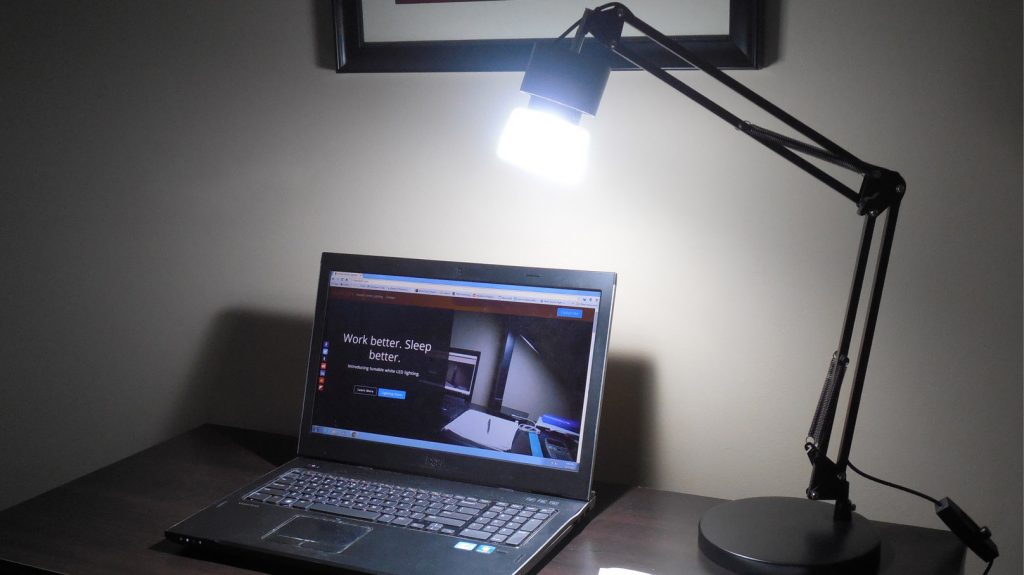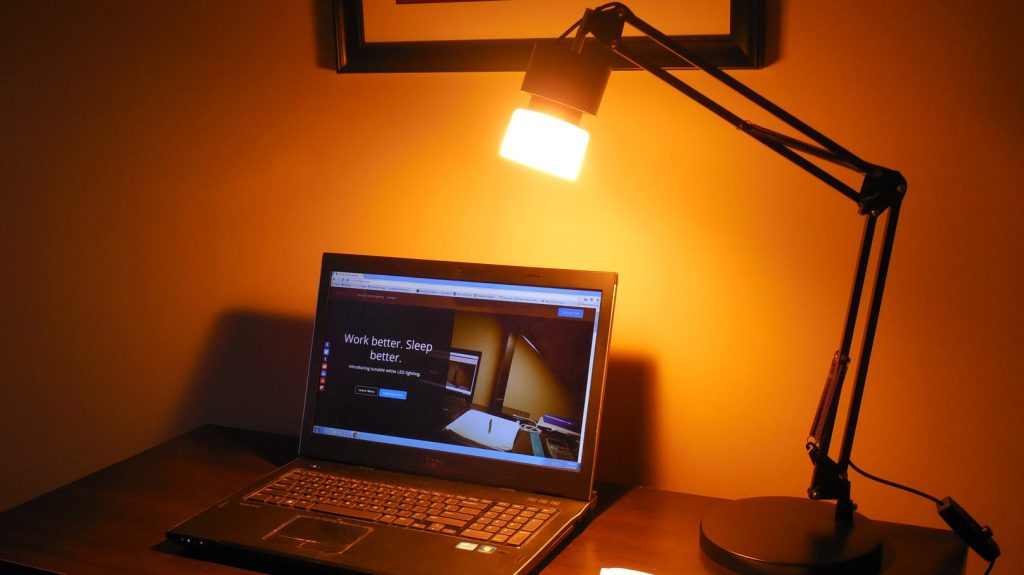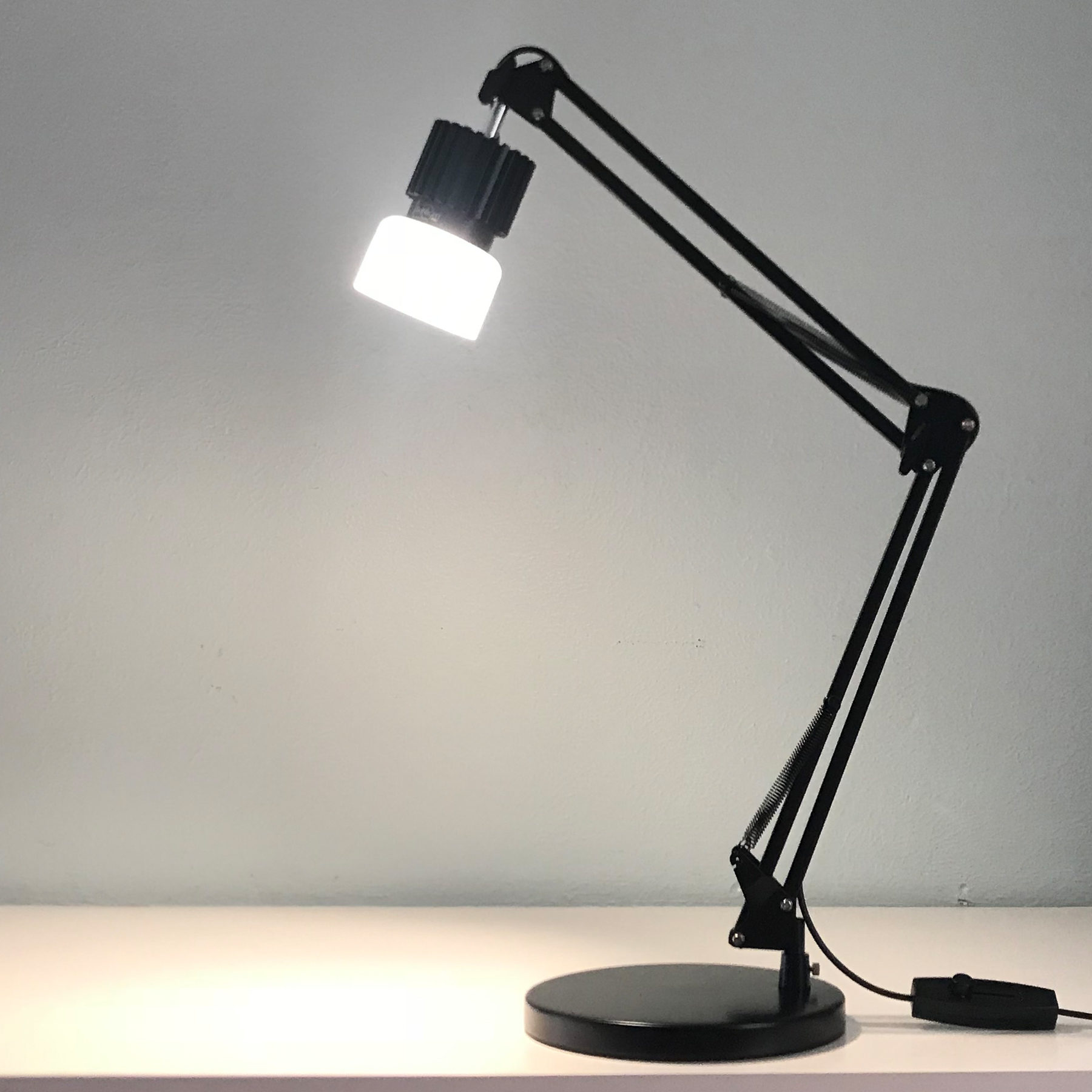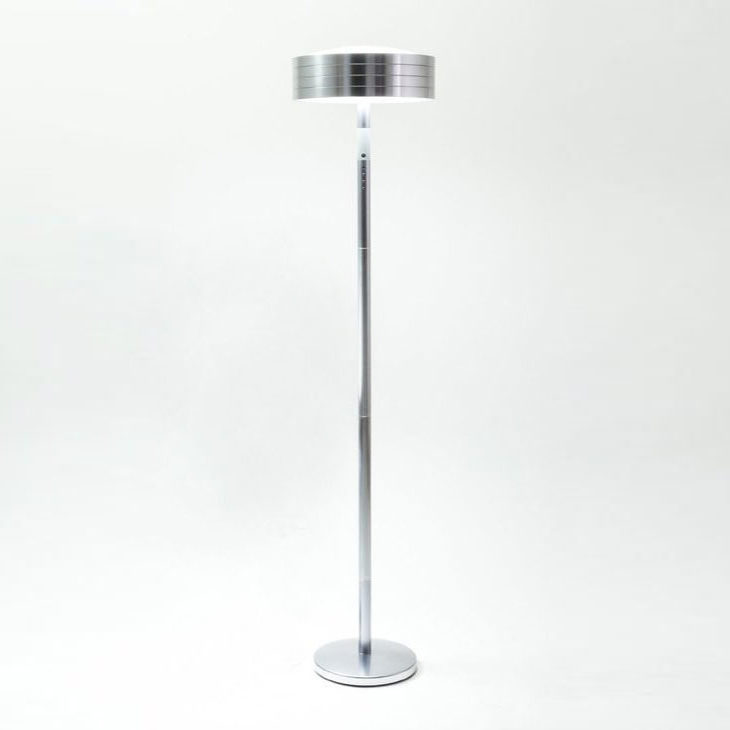The amount of blue light in the sky changes throughout the day.

This light enters through your pupil, gets focused by the lens, and strikes the photoreceptors in your retina.


The photoreceptors then transmit this information through the different layers of retina.
The human brain responds to the change in blue light.

More blue makes you alert.

Source: "Applicability and efficacy of variable light in schools" Barkmann, Wessolowski, Schulte-Markwort (2012)
Source: "Influence of blue-enriched classroom lighting on students' cognitive performance" Keis, Helbig, Streb, Hille (2014)
Less blue helps you sleep.

Source: "The Effects of Red and Blue Lights on Circadian Variations in Cortisol, Alpha Amylase, and Melatonin" Rea and Figueiro (2010)
Source: "Light as a central modulator of circadian rhythms, sleep, and affect" LeGates, Fernandez, and Hatter (2014)
New lighting technology lets you adjust the amount of blue light.
(Try out this tunable desk lamp by sliding the bar.)
The lamp automatically adjusts its blue-content to match the time of day





